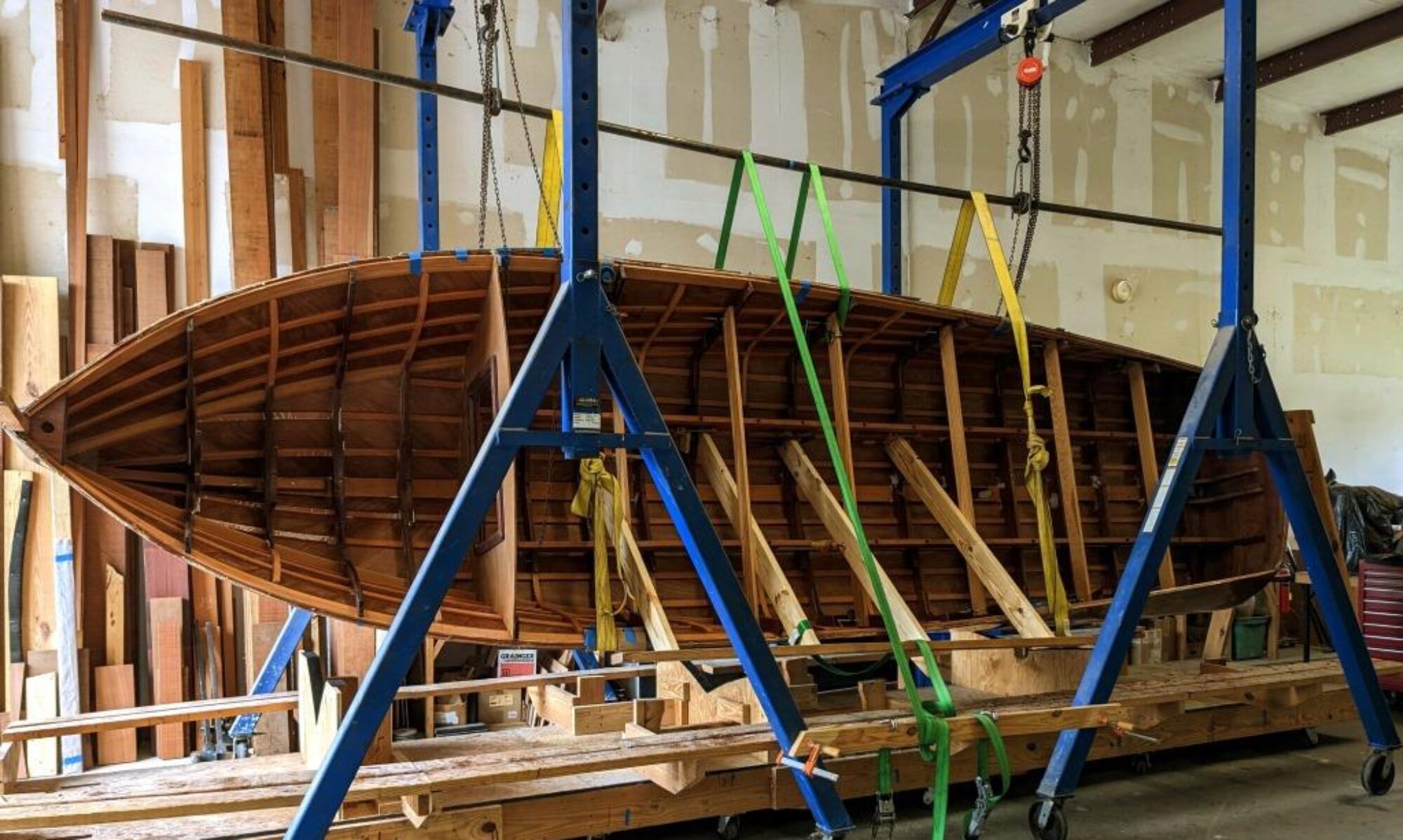

I’m trying to get ready to coat the inside of the boat before I begin construction of the deck. It’ll be much easier this way with an open boat to work in. But before I can do the coating (clear coating on the sides and white paint in the bilge), I need to make sure all the pieces that make the boat go will fit. In the process, I’ll drill some more holes, glue in backing blocks, fabricate platforms, etc. As usual, what seems like a straightforward process requires many steps. Continue reading “Fitting the Mechanicals on the PB22”






